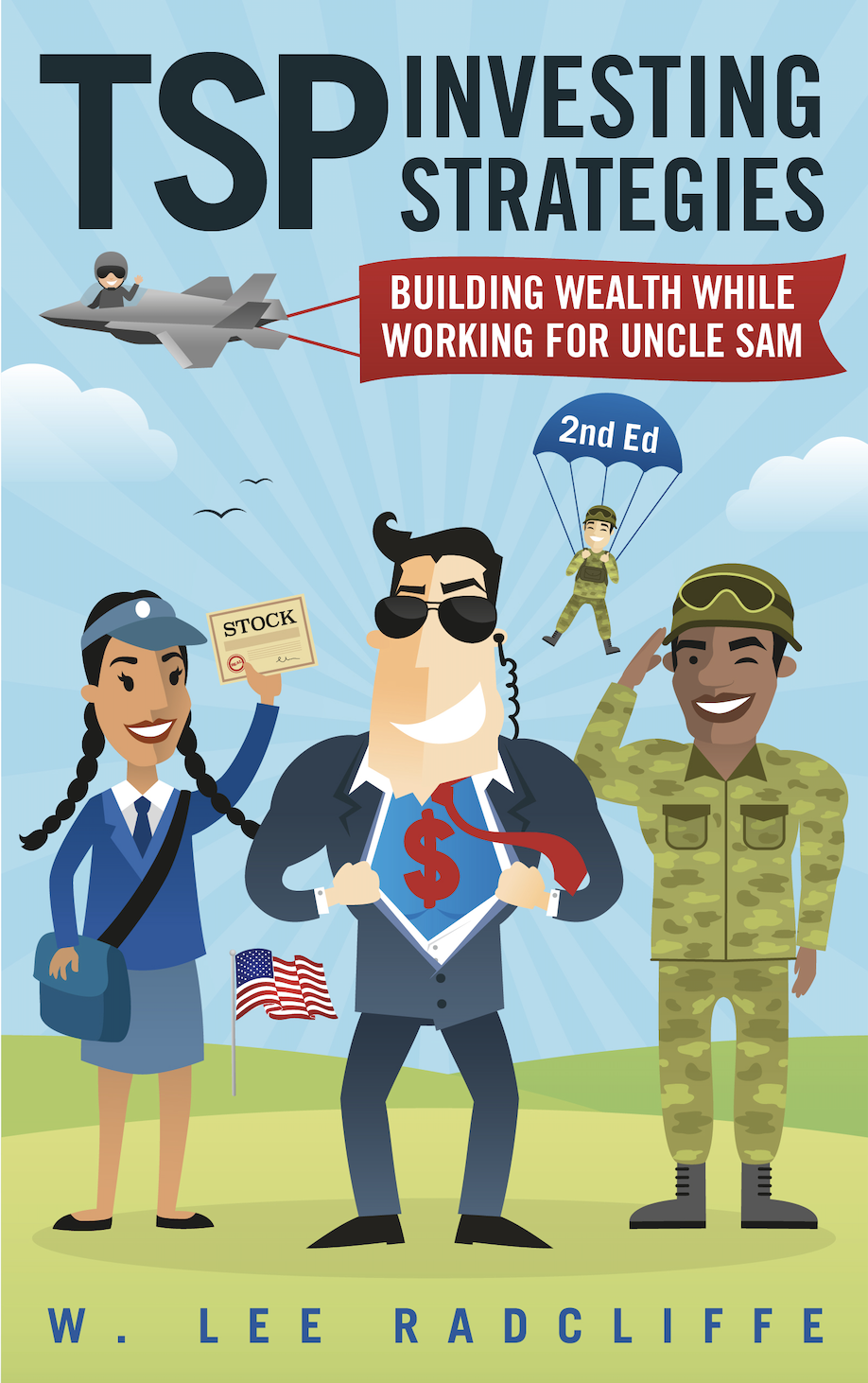Technology's Surprising Payouts in the C Fund
August 26, 2012
Those who have been investing a while remember the late 1990s tech bubble, when many newly formed technology companies (and especially internet-based companies) with no profits and barely any revenue were valued at tens of billions of dollars. Even more established and profitable technology companies were driven to absurd valuations. Neither the new companies nor many of the established tech companies were providing any returns to regular investors in the best proof of profitability: cold hard cash dividends.
Over a decade later, surprisingly, that has changed for the technology sector. The information technology sector as a whole this month now has the highest dividend payout in dollar terms of all ten S&P 500 sectors. According to S&P, as of August 20th more than half of IT companies are now paying dividends, and their payouts make up 14.22% of the dividend payout for the entire S&P 500 (and, hence, the C Fund).
IT took the top spot when Cisco, which manufactures networking equipment, in mid-August announced record revenue and earnings, and further announced that the company is increasing its dividend from 8 cents a share per quarter to 14 cents. This raises the company’s dividend rate to almost 3.2% from 1.8%.
Of the ten S&P 500 sectors, utilities actually have a higher dividend payout ratio as they have historically, at about 4.13%. But utilities only make up about 3.8% of the entire S&P 500 index, with Duke Energy, The Southern Company, and Exelon Corp comprising the three largest companies in the sector – not exactly household names.
In contrast, IT is the largest sector following the rapid demise of financials – the previous leader – since 2006. IT makes up just under 20% of the S&P 500 index. The sector features companies such as Apple (the largest company in the world), Microsoft, IBM, and Google. Thus even though this sector as a whole has yields around 1.56%, on a dollar basis for the entire S&P 500 it pays out more than any other sector because of the sheer size of the companies.
Microsoft, a bubble company in the late 1990s, first started paying a dividend in 2003. IBM has been paying dividends for many years, and it is actually a member of the Dividend Achievers index of companies that have increased their dividends for over 10 years. If (perhaps, when?) Google begins to pay a dividend, IT’s dividend importance will grow all the more in the S&P 500/C Fund index.
That said, there is a cautionary tale among individual dividend-paying companies. In an example that sometimes companies can decrease their dividends, Washington Real Estate Investment Trust (WRE), the Rockville, MD-based real estate company that manages a portfolio of various office buildings in the greater D.C.-metro area, late last month announced a 31% decrease in its dividend payout, citing a soft real estate market in the D.C. region. This is particularly surprising because WRE had increased its dividend for over 40 years in a row, and this is the company’s first cut in over 50 years. The cut will provide “more capital to invest in property acquisitions, development projects and improvements” to the company’s properties, according to its press release. While WRE falls into a different sector than the IT companies discussed above, the timing nonetheless reminds investors that even the steadiest dividend-paying companies of all types can decrease their dividends unexpectedly due to deteriorating economic conditions.
In all, though, companies continue their recent trend of paying out more of their profits to regular investors like you and me. That should be welcomed, given the importance of dividends and share buybacks to investment returns.
Disclosure: I hold no shares of the individual companies discussed in this post, nor do I have any plans to invest in the individual companies listed in this post. I invest in TSP funds, to include the C Fund discussed in this post.
Related topics: long-term-investing c-fund s-fund